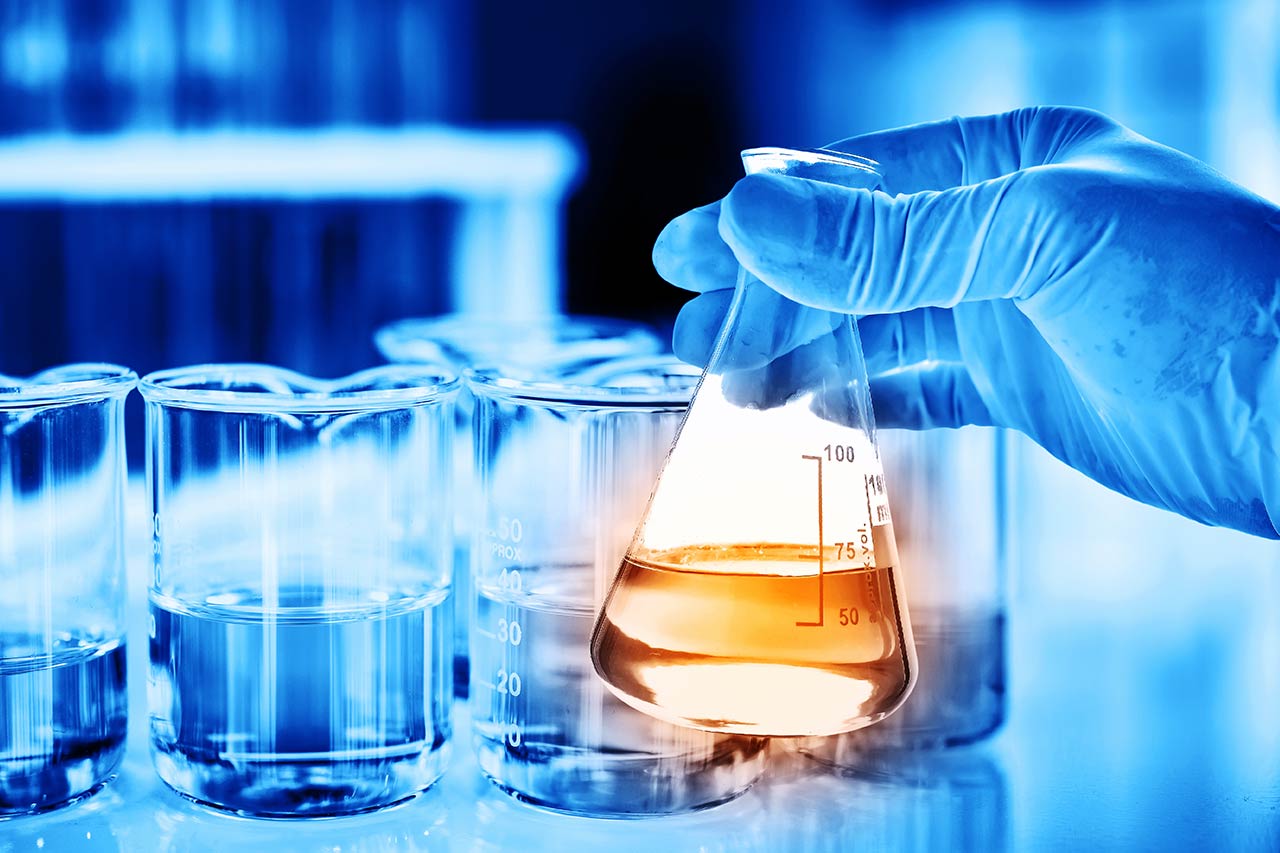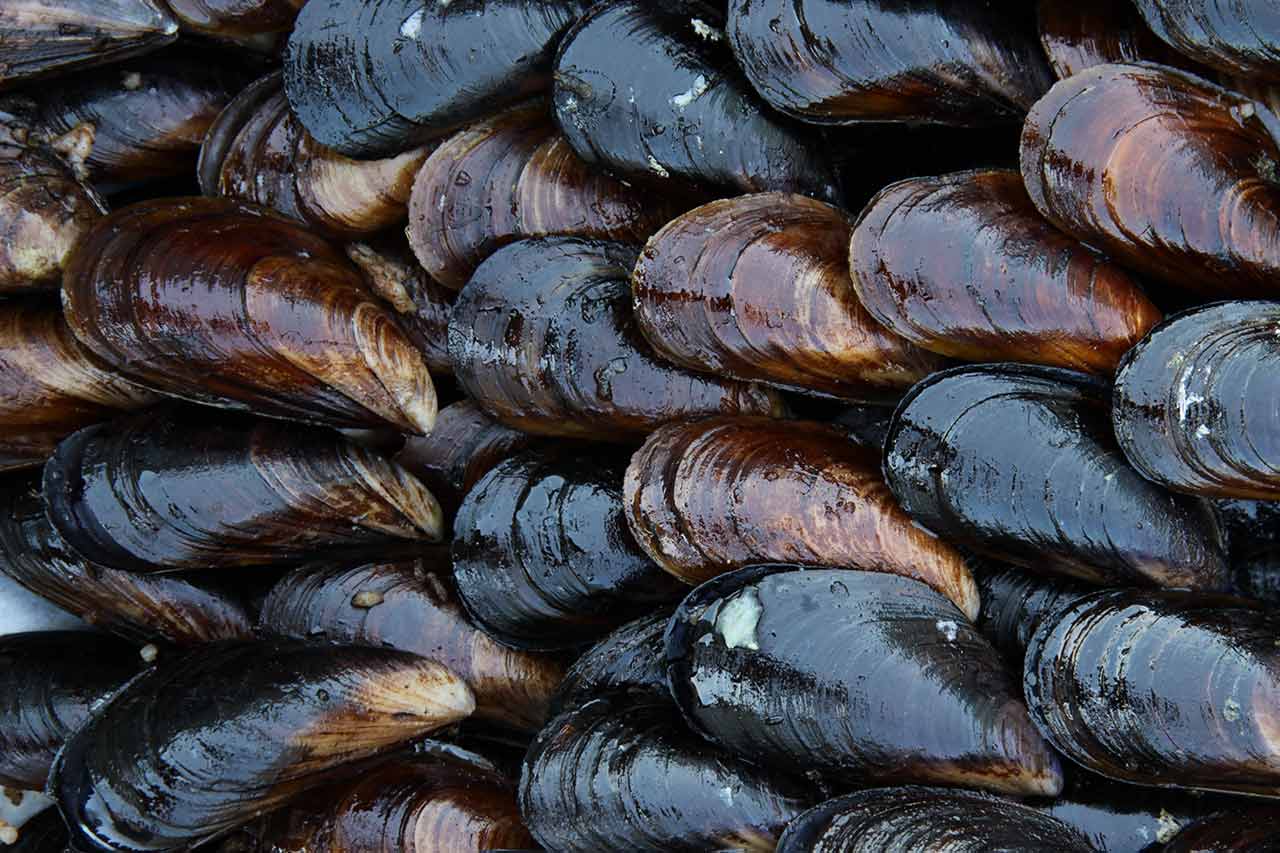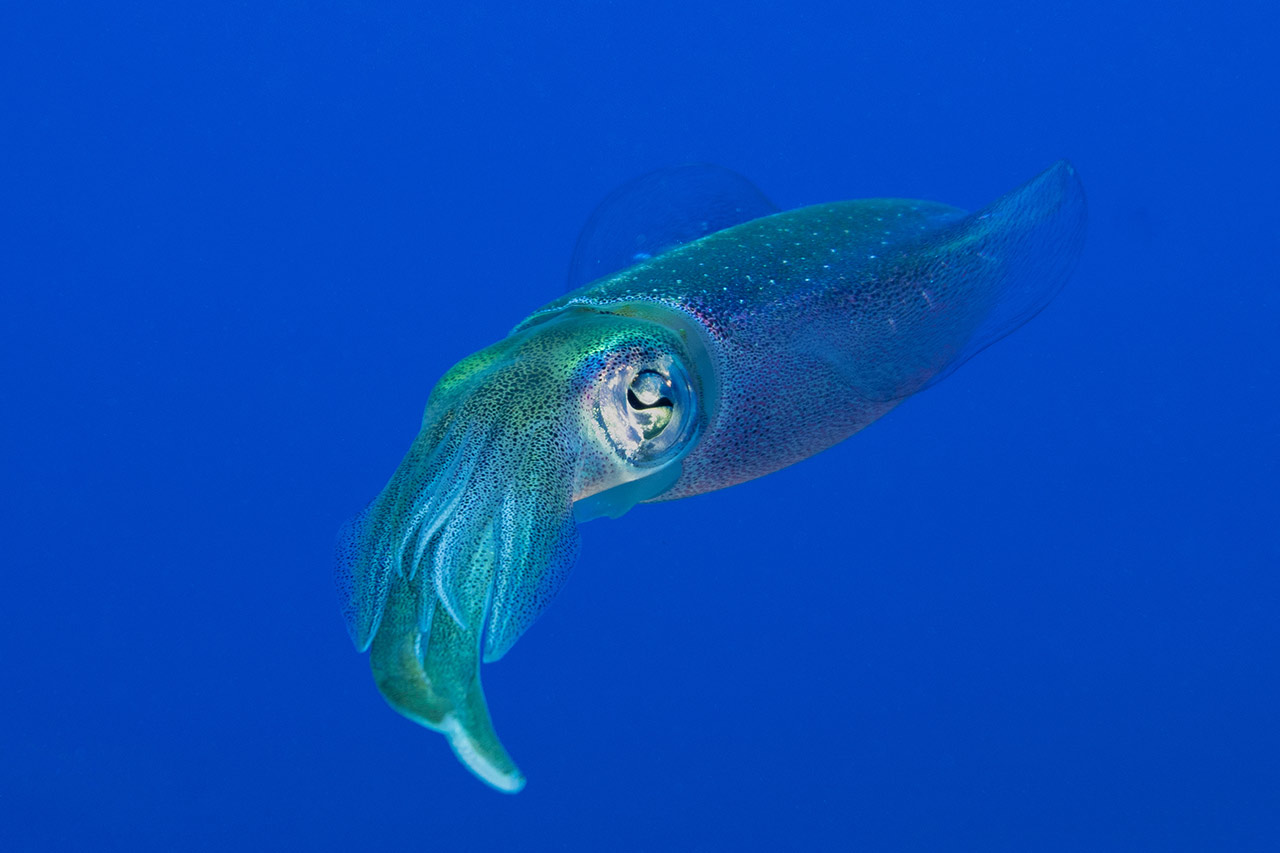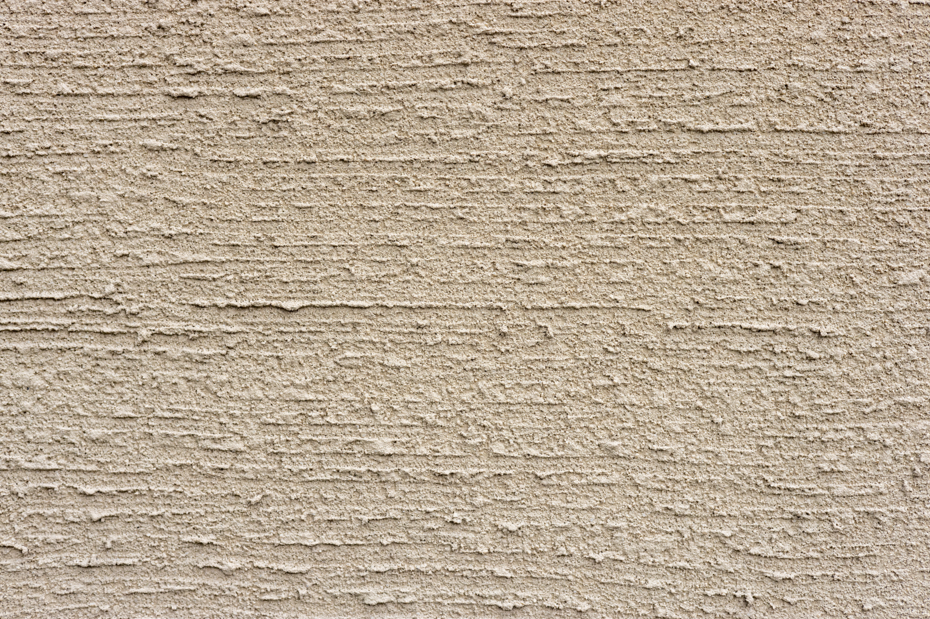Sea cucumber self-hardening skin: how does it work?
At first glance, the sea cucumber is an ideal prey because this animal moves very slowly. However, it has developed a whole arsenal to defend itself against its predators. Among these different defense options, there is the change of its skin. By hardening the skin, it instantly creates armor when it feels threatened. Recent studies have shown that this dynamic mechanism is linked to the particular architecture of the animal’s collagenous tissues. Its tissues are made up of rigid collagen fibrils, embedded in a viscoelastic matrix of fibrillin microfibrils. When the animal wants to defend itself, neuro secreted proteins trigger a reaction which freezes the rigid collagen fibrils with the fibrillin matrix and hardens its skin instantly.
This particular architecture has opened the way to new smart materials: dynamic bond nanocomposites (DBN). The DBNs are composed of three main elements: a flexible polymer matrix, rigid nanocrystals and functional groups incorporated in the matrix which will bring the reactivity of the system to variations in external conditions.
A self-hardening material depending on the humidity
A first solution, developed by the Adolph Merkle Institute at the University of Fribourg, is based on a flexible polymer (latex type, polyvinyl acetate, polybutyl methacrylate, etc.) and cellulose nanofibers. Hydrogen bonds can be created between nanofibers:
- When the bonds are present, the material is rigid.
- When removed, the material becomes soft.
The advantage of this system is that it can be activated in a humid environment. On contact with water, the bonds are broken, and the material becomes soft. It regains its shape and its initial rigidity once removed from the aqueous medium.
This solution could be used as a new material for implantable medical devices. Thus, these objects designed with this material would have the advantage of being able to be easily manipulated by the doctor outside the body, when it is rigid, while not damaging any organ once implanted and therefore softened.
A self-hardening material depending on the temperature
A second approach, led by the University of Case Western Reserve of Cleveland, is based on the introduction of cellulose nanocrystals into a polymer matrix called LCST (Lower Critical Solution Temperature). Exposure to temperatures above the LCST leads to the collapse of the polymer chains grafted with rigid nanocrystals. This phenomenon freezes the nanofibers and makes the material rigid. Using LCST polymers whose chains collapse between room temperature and body temperature, the team at Case Western Reserve has created films that harden in seconds on contact with the skin and become soft once removed.
The dynamically linked nanocomposites open up perspectives applicable to the human body: easily implantable medical devices without risk of internal damage in a humid environment or a film that hardens according to temperature. But other “soft triggers” are still to be explored! The field of intelligent materials inspired by biomimicry opens up more possibilities for the materials of the future, particularly in healthcare. Whether adhesive or self-repairing materials, our next explorations in this series on smart materials will surely inspire you! Stay tuned to discover more!
About the author
Rayan, Senior Consultant in Alcimed’s Chemicals-Materials team in France



